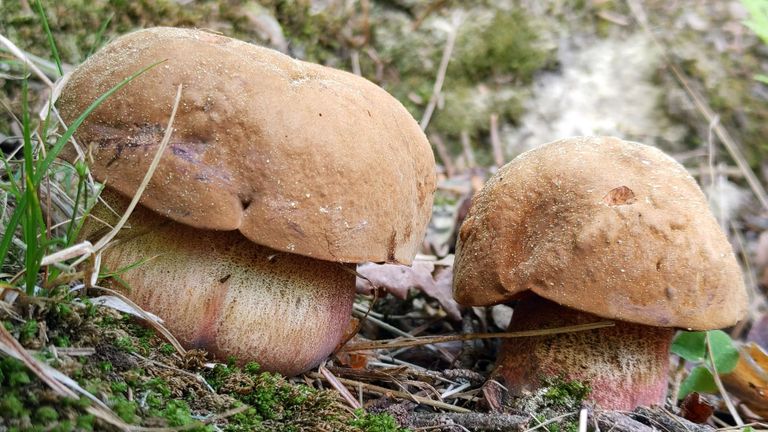
They are already here!
Już są!
They are already here! King of mushrooms, or boletus. It is true that so far only Boletus erythropus, but also these are appreciated by mushroom gourmets. For me, it is one of the tastiest edible mushrooms. I especially love their texture, because despite the long-term heat treatment, they remain firm, hard and fleshy.
Już są! Królowie grzybów, czyli Borowiki. Co prawda na razie tylko borowiki ceglastopore, ale i te cieszą się uznaniem wśród smakoszy grzybów. Dla mnie jest to jeden ze smaczniejszych grzybów jadalnych. Uwielbiam przede wszystkim ich konsystencję, ponieważ mimo długotrwałej obróbki termicznej pozostają jędrne, twarde i mięsiste.
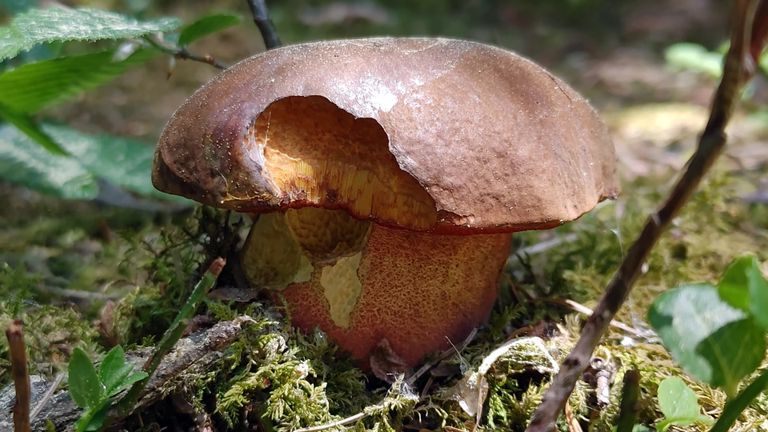
Although they appear almost regularly every year around the second half of May, when I see them, I am like a child, as if I have never seen them with my eyes. This beautiful, massive mushroom has a cap up to 20 cm in diameter. The color of the hat in most specimens is dark brown, brick-brown with an olive tinge. The surface of the hat is dull, dry.
Choć pojawiają się prawie regularnie co roku w okolicach drugiej połowy maja, gdy je zobaczę cieszę się jak dziecko, jakbym nigdy ich na oczy nie widział. Ten piękny masywny grzyb ma kapelusz dochodzący do 20 cm średnicy. U większości osobników kolor kapelusza jest ciemnobrązowy, ceglasto-brązowy z oliwkowym odcieniem. Powierzchnia kapelusza jest matowa, sucha.
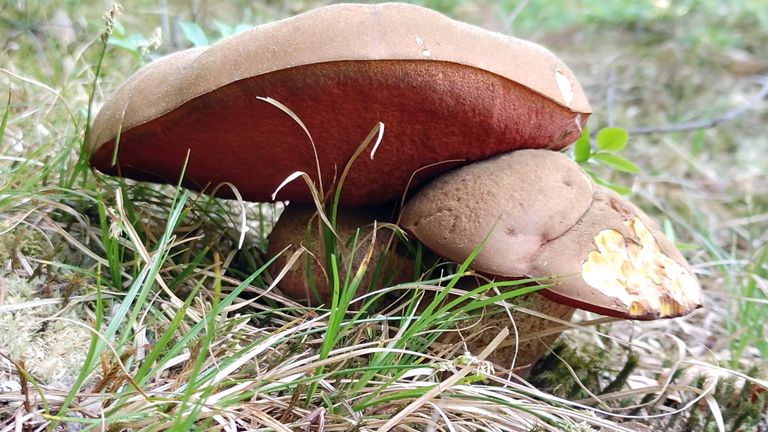
In a young fruiting body, the cap has a spherical shape, with age the cap opens and becomes cushion-like, becoming almost flat in old age, even slightly curled.
U młodego owocnika kapelusz ma kształt kulisty, z wiekiem kapelusz się otwiera i staje się poduszkowaty, aby na starość zrobić się prawie płaski nawet lekko wywinięty.

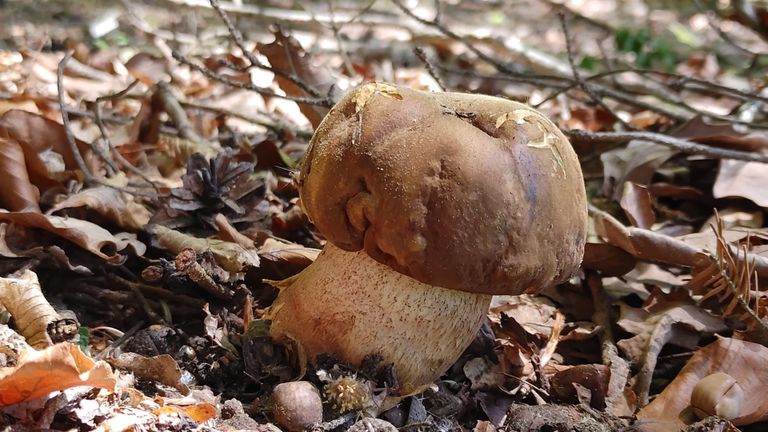
Tubes, or hymenophore, are the hallmarks of this mushroom. There is a reason why it is called brick pores, but it only takes on this color when it is mature. In young fruiting bodies, the hymenophore tubes are yellowish-olive, then the color changes to orange, and when the fungus matures, they change color to brick red, the hymenophore changes color, darkens and becomes bluish during mechanical damage or pressure.
Rurki czyli hymenofor to znak rozpoznawczy tego grzyba. Nie bez powodu nazywa się ceglasto-pory, ale taki kolor przybiera dopiero jako dojrzały osobnik. U młodych owocników rurki czyli hymenofor mają kolor żółtawo-oliwkowy, następnie barwa zmienia się na pomarańczową, a gdy grzyb dojrzeje zmieniają kolor na ceglasty, czerwony, Hymenofor podczas uszkodzeń mechanicznych czy nacisku zmienia kolor, ciemnieje i staje się siny.
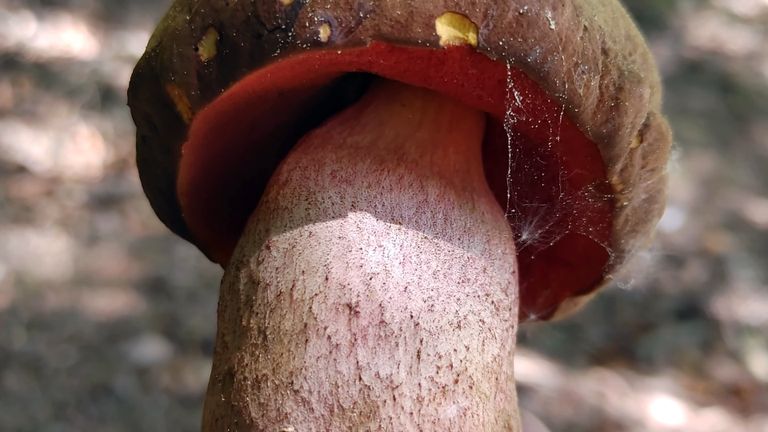

The leg of young fruiting bodies is also yellow in color, but has a delicate red mesh visible on it. Mature specimens have a mesh so dense that the leg appears to be all red. The leg is first barrel-shaped and then cylindrical. It is massive, hard and full inside. After cutting, it changes its color to blue, glaucous-blue, navy blue.
Również nóżka u młodych owocników ma kolor żółty kolor, ale widoczna jest na niej delikatna czerwona siateczka. Dojrzałe osobniki mają siateczkę tak gęstą, że nóżka wygląda jakby była cała czerwona. Nóżka ma najpierw beczkowaty a potem cylindryczny kształt. Jest masywna, twarda, pełna w środku. Po przekrojeniu zmienia barwę na siny, sino-niebieski, granatowy kolor.
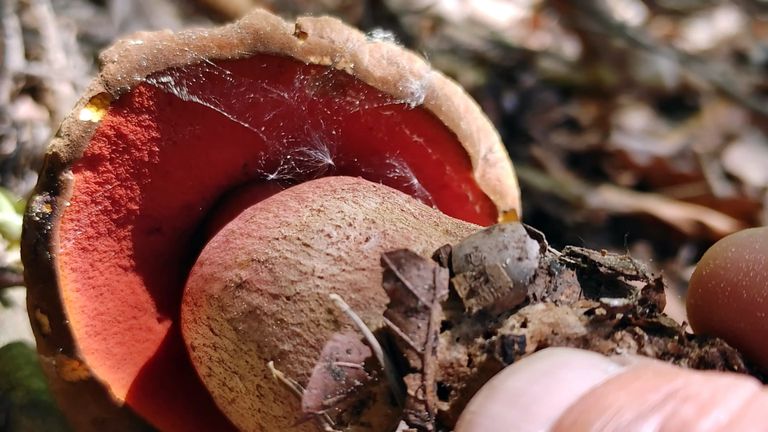
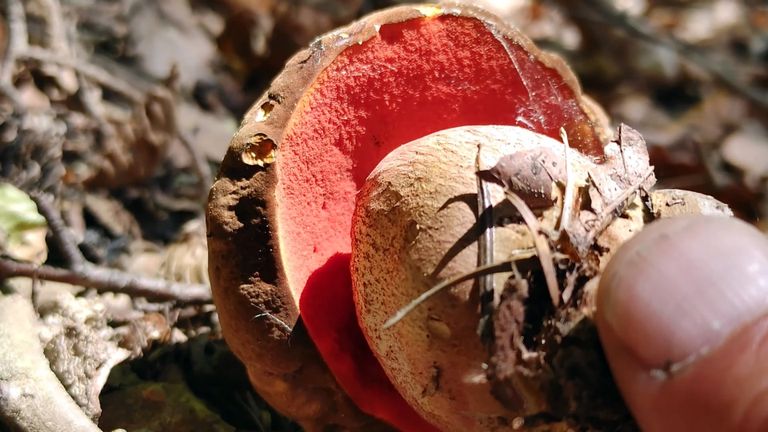
The yellow flesh, also when damaged, turns navy blue, glaucous-gray. It is firm, hard with a delicate mushroom flavor and aroma.
Żółty miąższ, również po uszkodzeniu zmienia kolor na granatowy, sino-szary. Jest jędrny, twardy o delikatnym grzybowym smaku i zapachu.


Boletus is most often found in mountain areas, in spruce and fir forests, but my specimens come from the highlands. It often grows under oaks, beech trees. It likes acidic soils, but it is also found on calcareous soils, in the vicinity of the Kraków-Częstochowa Upland. It appears in May and grows until November.
Borowik występuje najczęściej na terenach górskich, w lasach świerkowych, jodłowych, ale moje egzemplarze pochodzą z wyżyn. Często rośnie pod dębami, bukami. Lubi kwaśne gleby, ale spotykany również na glebach wapiennych, właśnie w okolicach Jury Krakowsko - Częstochowskiej. Pojawia się już w maju, a rośnie aż do listopada.


Boletus erythropus is a very tasty edible mushroom. However, not everyone collects this species of mushroom for fear that they will come across the boletus. Not really, as the boletus mushroom does not occur in this period. Boletus erythropus is a very tasty edible mushroom after boiling or frying. Its hard flesh resembles meat in texture, even after heat treatment. In its raw state, it can cause minor gastric ailments.
Borowik ceglastopory jest bardzo smacznym grzybem jadalnym. Nie wszyscy jednak zbierają ten gatunek grzyba, w obawie, że natrafią na borowika szatańskiego. Nie potrzebnie, gdyż borowik szatański w tym okresie nie występuje. Borowik ceglastopory jest bardzo smacznym grzybem jadalnym po ugotowaniu lub usmażeniu. Jego twardy miąższ przypomina w konsystencji mięso, nawet po obróbce termicznej. W stanie surowym może wywołać niegroźne dolegliwości gastryczne.

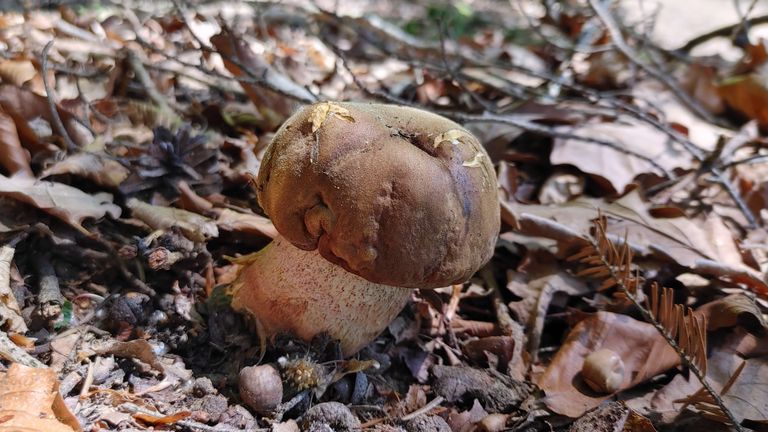
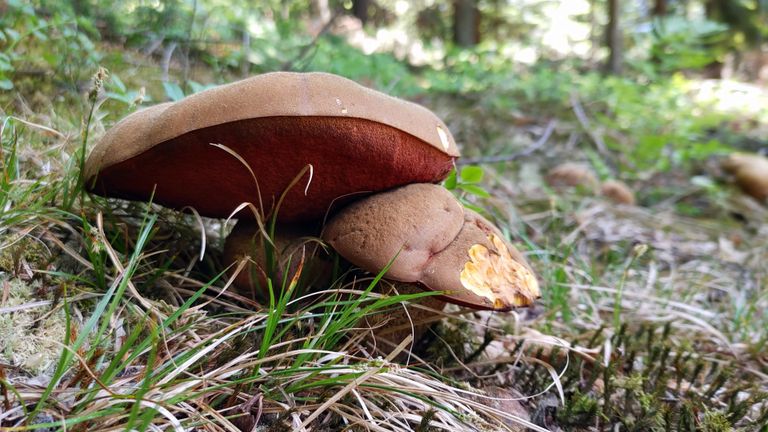
Forest violets while searching for porcini mushrooms
Fiołki leśne przy okazji poszukiwań borowików

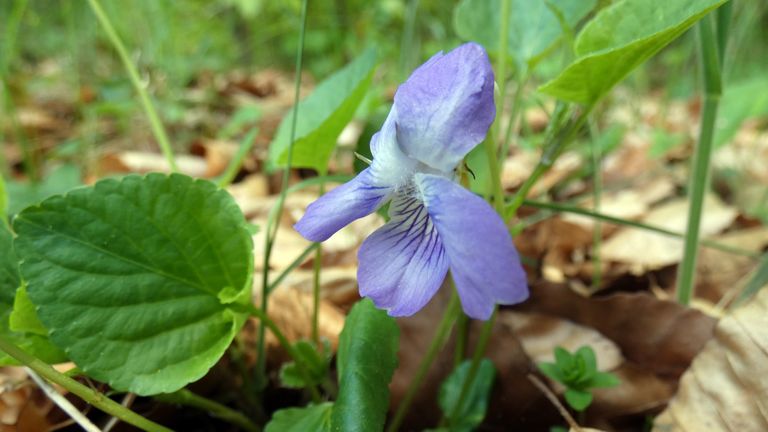
While searching for mushrooms, I found quite a lot of violets. In Jura Krakowsko-Częstochowska you can find large clusters of these flowers (Viola reichenbachiana, Viola silvestris). Few people know that violets are edible and that flower petals contain a very large amount of vitamin C.
Podczas poszukiwań grzybów natrafiałem na spore poletka fiołków. Na Jurze Krakowsko-Częstochowskiej można natrafić na duże skupiska tychże kwiatów (Viola reichenbachiana, Viola silvestris). Niewiele osób wie, że fiołki są jadalne, a płatki kwiatów zawierają bardzo dużą ilość witaminy C.
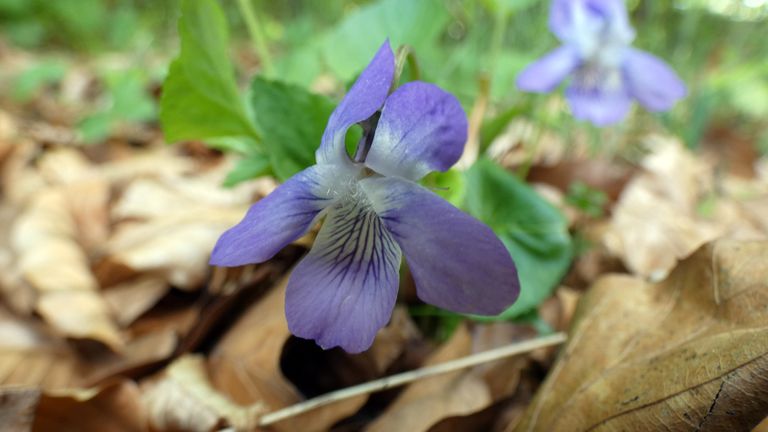
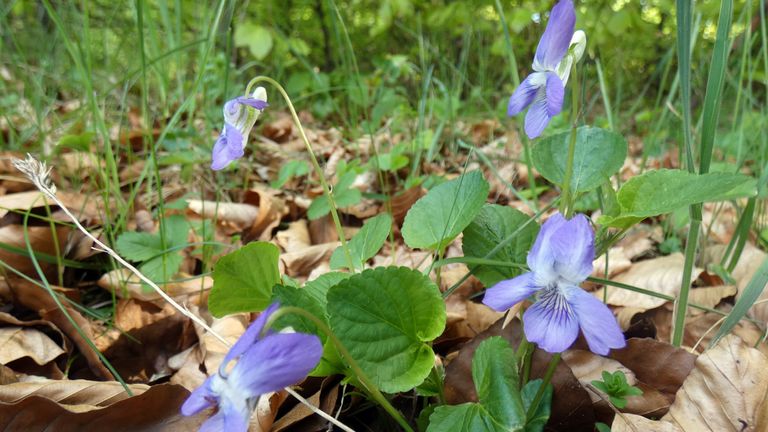
They have many health properties and have several culinary uses. Flowers can be used to flavor sugar, vinegar. You can make tinctures and syrups from them. They are perfect for salads, preparing infusions and teas.
Posiadają sporo właściwości zdrowotnych i maja kilka kulinarnych zastosowań. Kwiaty można wykorzystać do aromatyzowania cukru, octu. Można z nich robić nalewki, syropy. Świetnie nadają się do sałatek, przygotowywania naparów i herbatek.
Enjoy 😉

So exciting. It's definitely mushroom frenzy here - been picking lots of saffron milk caps but I'd love a boletus!
In the European climate, they even grow until November
Congratulations, your post has been curated by @r2cornell-curate. Also, find us on Discord
Felicitaciones, su publication ha sido votado por @r2cornell-curate. También, encuéntranos en Discord